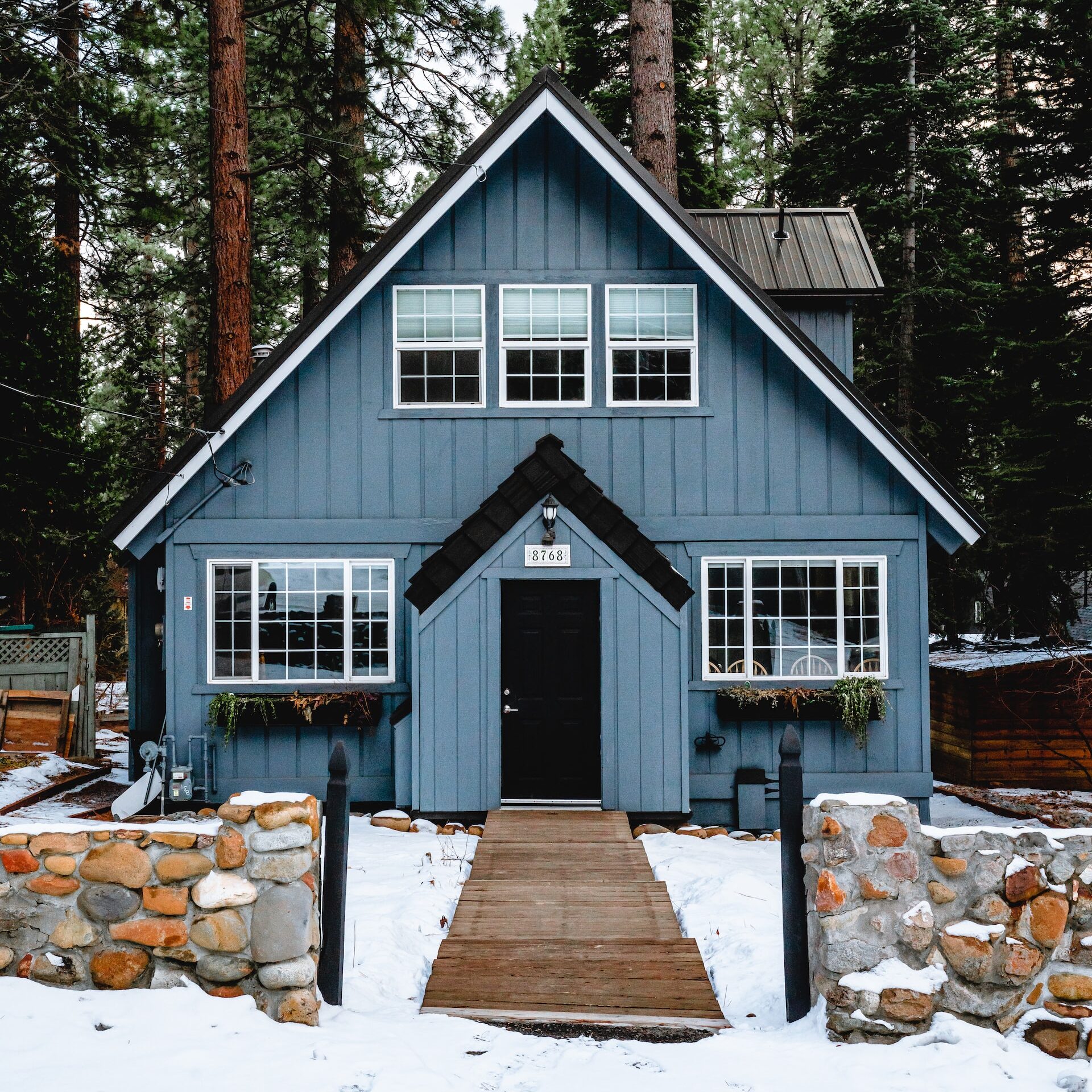Preparing your home for winter

As the temperature starts to cool and branches are left bare, it’s time to look at how you can prepare your home for the winter season. We understand that it can be intimidating to figure out where to start, so we hope this small list can help you find your bearings and prepare for the winter months ahead.
Have your furnace professionally serviced
It’s always best to have your heating system inspected before the cold sets in. If your furnace goes when the temperature drops below 30 degrees, you could be putting your home at risk of burst pipes and flooding. Some contractors may offer an annual inspection and service agreement. Having a professional come by every year and make sure your heat works Regular maintenance of your HVAC system can also extend its life. At the very minimum, take a few minutes to change your filter.
Clean your gutters
As the wind blows leaves off their branches in Alberta, you’ll want to give your gutters a quick cleaning before moving into the winter. With excessive rainfall and strong winds comes debris and blockage. You don’t want to run into a situation where your gutters are completely clogged with leaves from the fall. Blocked gutters can lead to several undesirable outcomes such as water damage and pests. Take the time to quickly clear your gutters of any foreign materials so that you can start winter fresh and clean. If you are uncomfortable or unable to do this yourself, be sure to get in touch with a local professional to help you.
Caulk your windows, doors and other openings
As temperature starts to cool, you’ll have to save as much heat in your home as possible. Caulking your windows and doors can help prevent heat from leaking and cold air from getting inside. If you’ve already done this in spring, it’s a good idea to check your home’s perimeter to see if you need to add more. You never know if the summer weather has caused some of your caulk to deteriorate.
Not only will caulking your windows and door seal your home, but it will also ultimately help you save on energy costs by wasting less energy. Make your transition to the winter season a comfortable and affordable one.
Check your roof and chimney
Be sure to get a certified roof inspection done for your home before the winter season hits. You’ll be thankful if you catch any problems with your roof before moisture and water starts accumulating in the middle of November. Much like your gutters, your roof is going to take a beating during the spring and summer. You never know what kind of mould, rot or damage your roof may have incurred, and you will not want to go into the winter season with a weak roof.
If your home has a chimney, it’s best to inspect the inside for any crumbling bricks or nesting animals. Cooling temperatures means small animals will attempt to find shelter in the warmth of an exposed chimney. This can be done with a quick visual inspection with a flashlight. It’s also a good time to stock up on firewood!
Lastly, be sure to check your attic for signs of water damage and leaks. Blocked vents in your soffits can also lead to future headaches, so be sure to tackle them before things get worse. As always, be sure to contact a professional to inspect your home if you are not comfortable doing it yourself. You will be thankful as your home enters the fall as fresh as it can be.
Shut down your sprinkler system and turn off outside faucets
It’s time to shut down your sprinkler system and blow all the water out of the lines. If you’re not comfortable doing this job on your own, it’s worth hiring a professional contractor to shut down your sprinkler system properly. The cost of replacing broken lines in the spring is much more than professionally winterizing your watering system.
Most outdoor water faucets are completely unprotected from cold temperatures. If water is left in them, the water will freeze over winter, crack your water lines and in extreme cases, flood your basement. Save yourself the headache and simply turn off the water valve (or valves) to your outdoor spigot(s). To empty the water lines, open each exterior spigot to let the water flow out. Leave the water shut off until you need it next spring.
Trim bushes and trees
It’s important to routinely check in on the health of your trees, especially if they’re close to your house or a neighbour’s. It’s not always obvious to identify if a tree is dying, but there are a few tell-tale signs that can give you insight into a tree’s health. A few signs to look for include broken, damaged or dead limbs, changes in the bark, a tree that leans or root damage. If you have any trees that show any of these signs, it’s worth calling a professional for an assessment. While fall is not a good time to trim your trees, it is worth removing any branches that brush up against or near your house.
We hope these tips will help you prepare your home for the winter. With our advice, we hope you can maximize the value of your home even during a challenging seasonal transition! Though this is just the tip of the iceberg, we hope we have provided you with a solid foundation to start off with. As always, we recommend asking a professional for more in depth preparations such as inspecting your dryer vents, checking your carbon monoxide detectors, and inspecting sump pumps. Keeping your home in tip-top shape is always worth the time investment!
